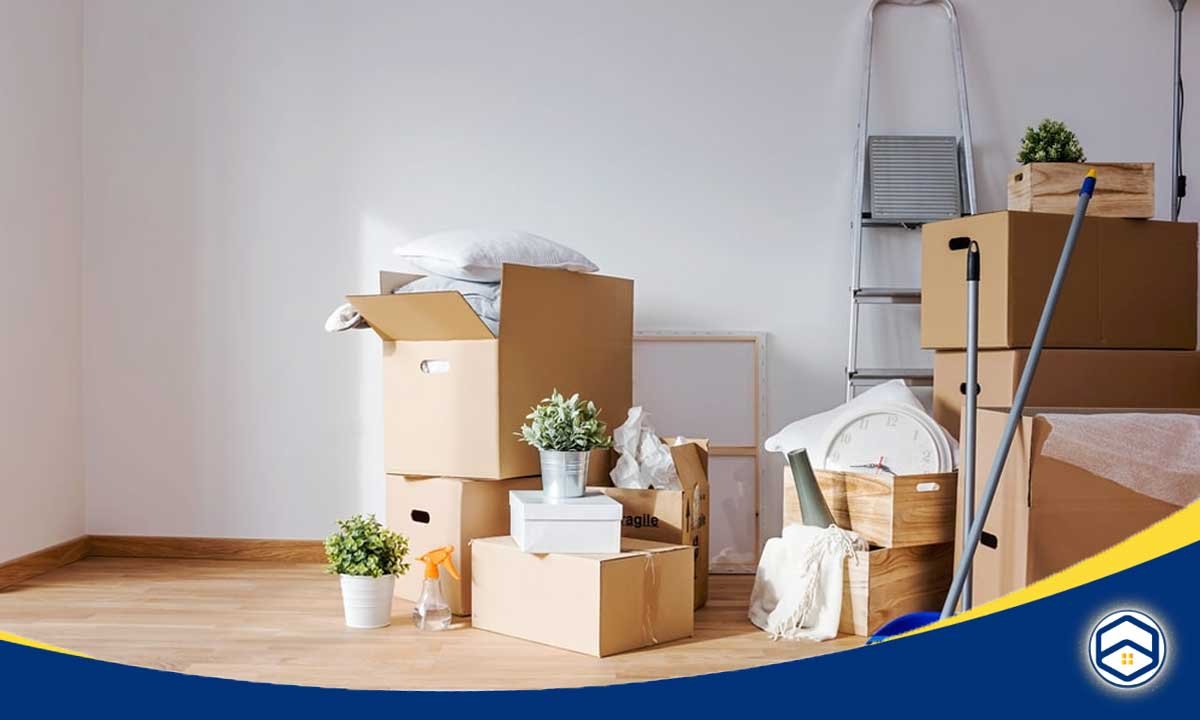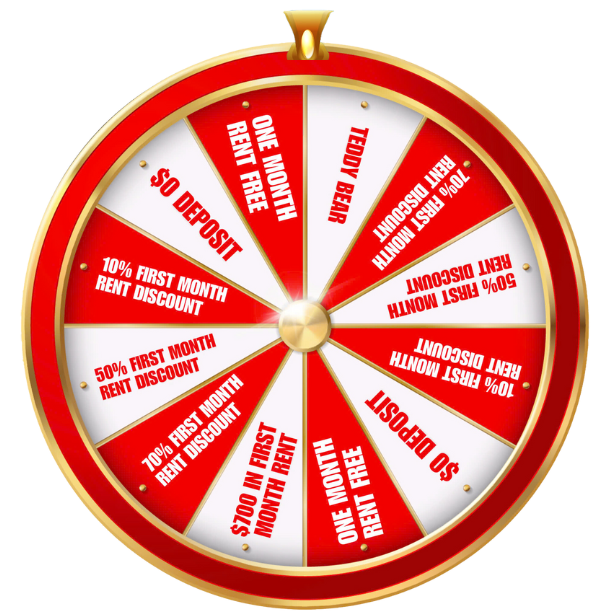In today’s world, where energy efficiency is increasingly important, renters often find themselves in a unique situation. While homeowners can make significant renovations to improve their energy efficiency, renters typically have to work within the constraints of their rental agreements. However, there are numerous effective strategies that renters can implement to reduce energy bills and contribute to environmental sustainability without making major changes to their living spaces. This comprehensive guide offers practical, actionable energy-saving tips for renters looking to save energy and cut costs.
Understanding rental limitations
Renters face specific challenges when it comes to energy efficiency due to lease agreements and property regulations. Knowing the boundaries of your rental agreement can empower you to make informed decisions about energy-saving measures.
The rental landscape
Renting can limit your ability to make significant alterations to your living space. Many leases prohibit structural changes, such as installing new windows or insulation. However, these restrictions don’t mean you can’t adopt energy-saving practices.
Understanding the parameters of your rental agreement is essential. For example, discuss potential improvements with your landlord; they may be open to installing energy-efficient appliances or adding insulation, especially if it leads to lower utility bills and higher property value.
Communication is key
Open communication with your landlord can yield benefits for both parties. If you can show how energy-efficient upgrades can enhance the property’s appeal, landlords may be more inclined to invest in these changes.
Propose ideas such as energy-efficient lighting, smart thermostats, or even simple weatherproofing measures that improve energy efficiency while requiring minimal disruption.

Essential energy-saving tips for renters
Implementing energy-saving strategies can significantly impact your utility bills while creating a more comfortable living environment. Here are some actionable energy-saving tips for renters that renters can start using today.
Lighting improvements
Lighting is one of the most manageable aspects of energy efficiency. By making small changes to your lighting habits and fixtures, you can achieve noticeable savings.
Switch to LED bulbs
One of the simplest yet most effective changes you can make is replacing incandescent bulbs with LED alternatives. According to the U.S. Department of Energy, LED bulbs use about 75% less energy than traditional bulbs and can last 25 times longer. By making this switch, you can significantly reduce your electricity consumption and see a notable decrease in your monthly bills.
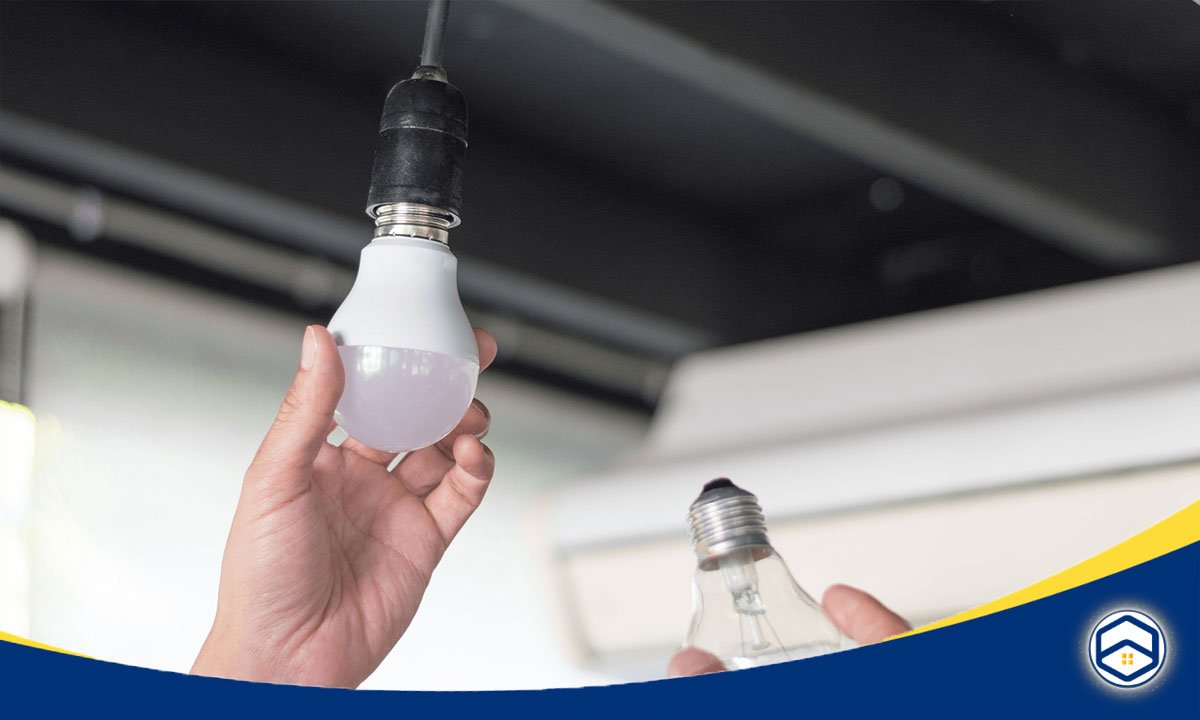
Utilize natural light
Maximizing natural light is another cost-free way to reduce energy use. Keep curtains and blinds open during daylight hours to allow sunlight to illuminate your space. Not only does this decrease reliance on artificial lighting, but it also fosters a healthier and more vibrant living environment.
Heating and cooling efficiency
Efficient heating and cooling can make a substantial difference in energy consumption. Understanding how to optimize your climate control can lead to considerable savings.
Optimize ceiling fans
Ceiling fans are excellent for improving comfort levels in your home while reducing the need for heating or air conditioning. In summer, set your ceiling fan to rotate counterclockwise to create a cooling breeze. In winter, reverse the direction so that warm air is pushed down, helping to distribute heat more evenly throughout your space.
Programmable thermostats
If your rental has a programmable thermostat, utilize it to save energy. Set your thermostat to lower temperatures during winter and raise them in summer. The EPA recommends setting your thermostat to 68°F while you’re home in winter and 78°F when you’re home in summer. Adjusting temperatures by just a few degrees can lead to substantial savings over time.
Water usage tips
Reducing water consumption can also lead to lower energy bills, especially in homes where heating water is a significant expense. Here are some effective strategies to consider.
Shorten shower times
Long showers can lead to increased water heating costs. Aim to keep showers under 10 minutes and consider using a timer to help you stay on track. Shortening shower time can significantly reduce both water and energy consumption.
Install low-flow fixtures
Installing low-flow showerheads and faucet aerators can drastically reduce water usage without sacrificing performance. Low-flow showerheads can cut water usage by up to 50% while maintaining adequate water pressure. This reduction translates to lower water heating costs and less water waste overall.
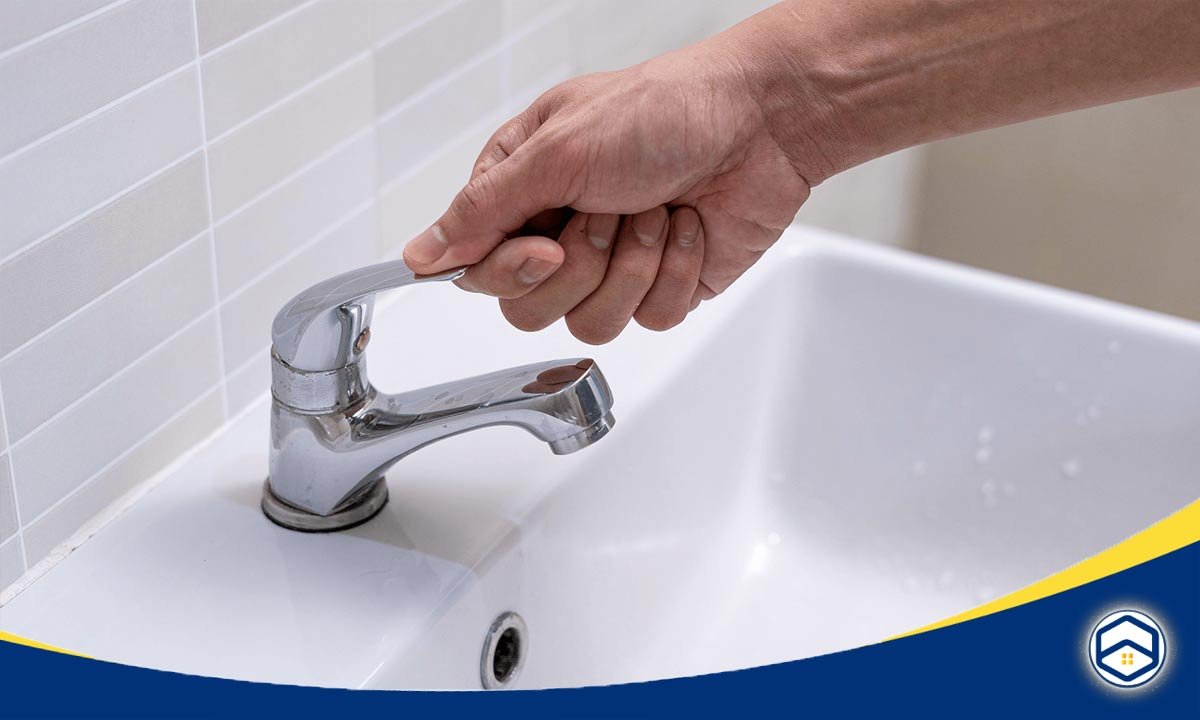
Appliance management
Managing appliances efficiently can lead to significant energy savings. Understanding how to utilize appliances wisely is key to reducing energy consumption.
Unplug idle devices
Many electronics consume energy even when they’re turned off—a phenomenon known as “phantom load.” To minimize this, unplug chargers, coffee makers, and other devices when they’re not in use. For added convenience, invest in smart power strips that automatically cut power to devices in standby mode.
Choose energy-efficient appliances
If allowed to select appliances, choose ENERGY STAR®-rated models. These appliances are designed to consume significantly less energy and water compared to standard models, leading to long-term savings on utility bills.
Smart power strips
Smart power strips can help renters manage energy consumption more effectively. These strips detect when devices enter standby mode and automatically shut off power, reducing energy waste and saving money on your electric bill.

Home environment adjustments – Energy-saving tips for renters
The way you arrange and maintain your living space can also affect your energy efficiency. Here are some adjustments to consider for maximizing comfort and minimizing energy use.
Thoughtful furniture placement
The way you arrange furniture can impact heating and cooling efficiency. Ensure that furniture doesn’t block vents, allowing for better airflow from your HVAC system. A well-planned layout can help maintain a comfortable temperature and reduce the energy required for heating and cooling.
Draft-proofing your home
Air leaks around windows and doors can lead to significant energy losses. Identify and seal these leaks with weather stripping or caulk. Simple fixes like these can help maintain a stable indoor temperature, reducing the demand on your heating and cooling systems.
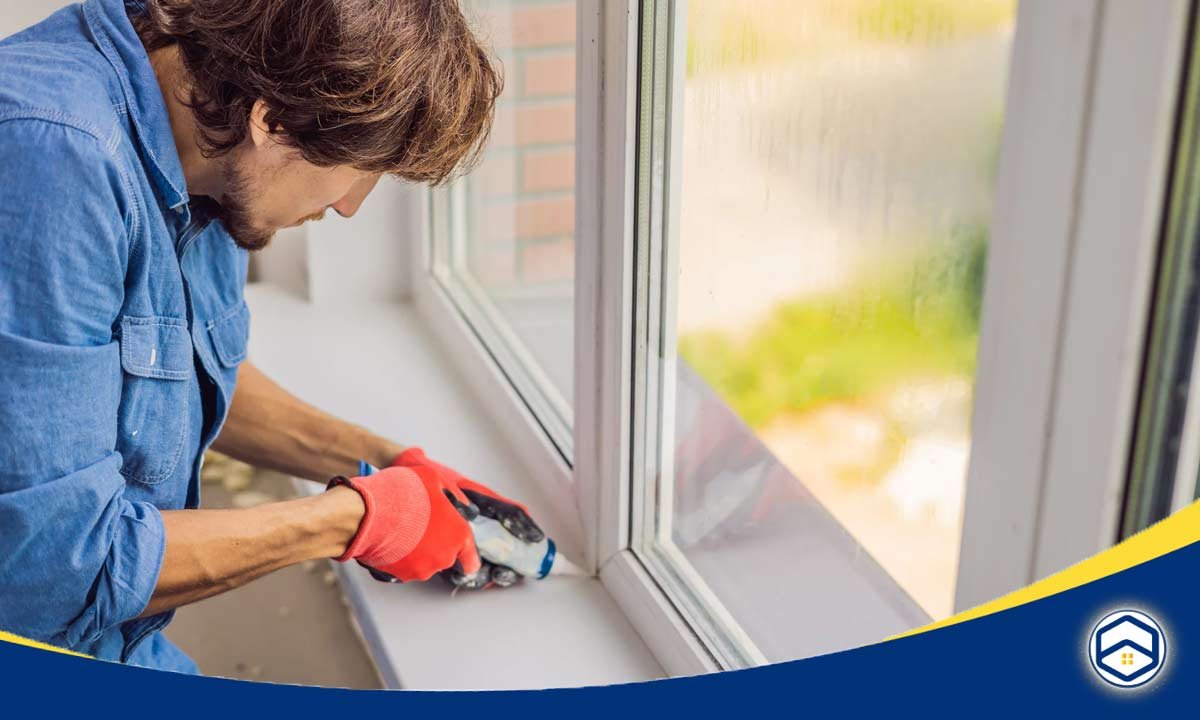
Communicating with your landlord
Engaging your landlord in discussions about energy upgrades can be beneficial for both parties. Knowing how to effectively propose improvements can lead to a more energy-efficient living environment.
Proposing energy upgrades
Engaging your landlord in discussions about energy upgrades can be beneficial for both parties. Present ideas such as installing energy-efficient lighting, smart thermostats, or weatherproofing measures that improve energy efficiency while requiring minimal disruption. By demonstrating how these changes could lead to long-term savings, landlords may be more inclined to invest.
Lifestyle changes for energy savings
Incorporating small changes into your daily routine can lead to substantial energy savings over time. Here are some easy habits to adopt for a more energy-efficient lifestyle.
Daily routine adjustments
Incorporating small changes into your daily life can yield substantial energy savings. Always turn off lights when leaving a room, use energy-efficient settings on your appliances, and wash clothes in cold water whenever possible. These habits not only save energy but also promote a more environmentally conscious lifestyle.
Air drying clothes
Instead of relying solely on a dryer, consider air drying your laundry. This method saves energy and can help clothes last longer by reducing wear and tear from heat exposure. Set up a drying rack in a well-ventilated area for efficient drying.
Resources and programs
Many local governments and utility companies offer programs to help renters improve energy efficiency. Researching available resources in your area can unlock savings opportunities.
Exploring available assistance
Many local governments and utility companies offer programs to help renters improve energy efficiency. These may include free energy audits, rebates for energy-efficient appliances, or financial assistance for energy-saving upgrades. Research available resources in your area to take advantage of potential savings.
Conclusion
While renters may face limitations in making significant alterations to their living spaces, numerous effective strategies can lead to substantial energy savings. By implementing the energy-saving tips for renters outlined in this guide, you can lower your energy consumption, reduce utility bills, and contribute to a more sustainable environment. Remember, small changes can accumulate over time, making a significant difference in your home and for the planet.






